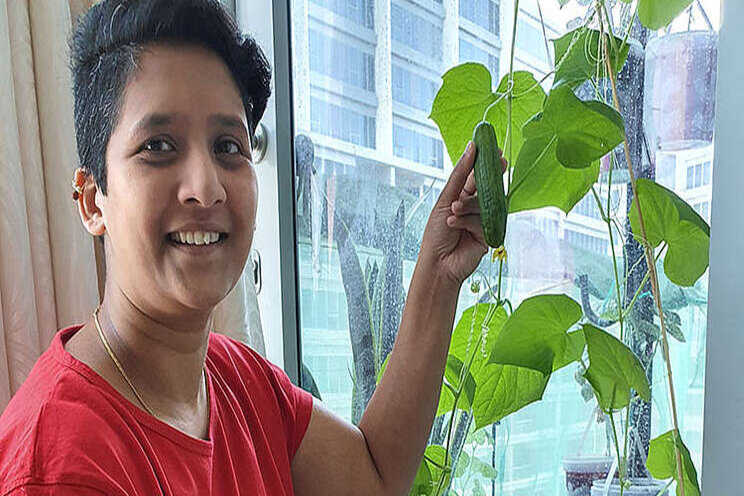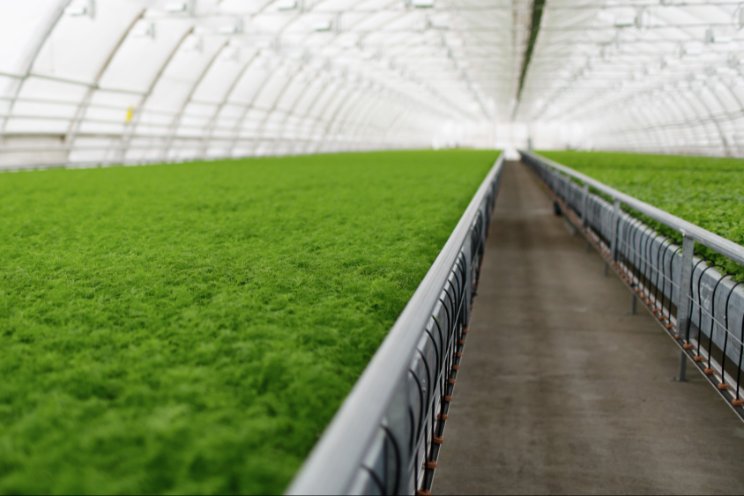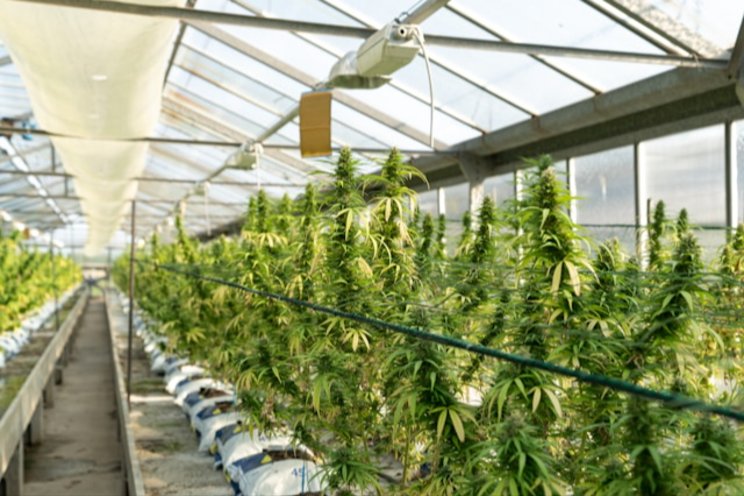What is hydroponic farming?
Added on 25 August 2020

"From residential balcony gardening, community farming or indoor/outdoor commercial farming, hydroponic farming methods prove to be beneficial for all. Residential enthusiasts of hydroponics can grow herbs, green leafy vegetables, tomatoes, cumbers and even small plants or flowers in the comfort of their own homes," explains Jui.
Jui's impressive repertoire of work comprises humanitarian work in rural, urban farming projects in India and empowerment of women. It was when she moved from India to Dubai that she chose to promote hydroponic farming in order that healthy food supplies can either be grown by families in their own homes or produced by companies and supplied at affordable rates in the UAE.
Jui talks about her conviction that the future of farming lies in hydroponics.
What is hydroponic farming?
It is the process of growing crops with nutrient-rich water kept in contact with the plant roots without using soil. This process is touted to significantly reduce the risk of wastage and pollution that can harm the produce and cause diseases, making it popular to health-conscious consumers. This method saves up to 70 per cent of water, while allowing for a longer growing season and avoiding harmful chemicals.

Jui Kemkar, co-founder of Waves Enterprises.
How suitable is this for Middle East consumers?
The extreme climatic conditions and limited agricultural land availability in the Middle East makes hydroponic farming an excellent agro-solution as it increases farming capability. The absence of soil in the growing process makes it conducive for this method of growth to be used in an indoor or outdoor setting.
Can you explain the actual process behind this?
Plant growth happens through a combination of water, sunlight, carbon dioxide and mineral nutrients. In traditional farming, these nutrients are derived from the soil. Through photosynthesis, plants transform light energy into chemical energy to form sugars that allow them to grow and sustain themselves. This is the basic premise behind hydroponics where all the elements required for plant growth are the same as with traditional soil-based gardening but only taking away the soil requirements, hence making it convenient to perform the farming process anywhere within a controlled environment.
What are the advantages of this kind of farming?
For one, plants can grow both indoor and outdoor and there is growth observed throughout the year. There is complete control over the nutrient balance with a proven technology that ensures high yield. Research shows that growth is faster with hydroponics and 70 per cent less water is consumed in the farming process. No harmful contents enter the plant, as no soil or fertiliser or other harmful chemicals are used. The overall economy of a nation will benefit by promoting local farming and reducing the import of vegetables from other countries.
How affordable is this type of farming?
Residential set ups are affordable and can be customised to individual budgets; however, commercial farms can be expensive depending on the extent of growth required. But despite the heavy investments for commercial set-ups, profits of up to 60 per cent or more are visible in a short period of time. Profits will vary and depend largely on the type of crop cultivated. For example, due to low operational costs green leafy vegetables yield more profits.
What kind of environment protection does this offer?
As global warming becomes a bigger issue for the world, there is a constant need for better ways to cut down on CO2 emissions to help the environment thrive. Perhaps one of the greatest ways countries can cut back on harmful greenhouse gasses is through examining how they produce and distribute their food supply. Hydroponic growing has numerous possibilities to produce larger, better tasting vegetables. This method of growth uses less land, 70 per cent less water, and minimum to no use of pesticides or herbicides.
Due to controlled growing environment, growth is possible in all types of climatic conditions. Dry and arid climates are not conducive to the growth of berries, bananas, and citrus fruits; however, one country was able to successfully adopt the hydroponic growing process on a large scale. The produce was grown in 40ft large containers and transported to consumer markets for sale.
What is the future of hydroponic farming?
Hydroponics is the fastest growing sector of agriculture, and it could very well dominate food production in the future. As population increases and agricultural land declines due to poor land management, people will turn to new technologies like hydroponics and vertical farming to create additional channels of crop production.
Photo: Kemkar wants to make a difference through urban farming by introducing the technique of hydroponic farming to all so that they have access to grow their own vegetables at home.
Source and Photo Courtesy of Gulf Today
Source: Gulf Today
More news















